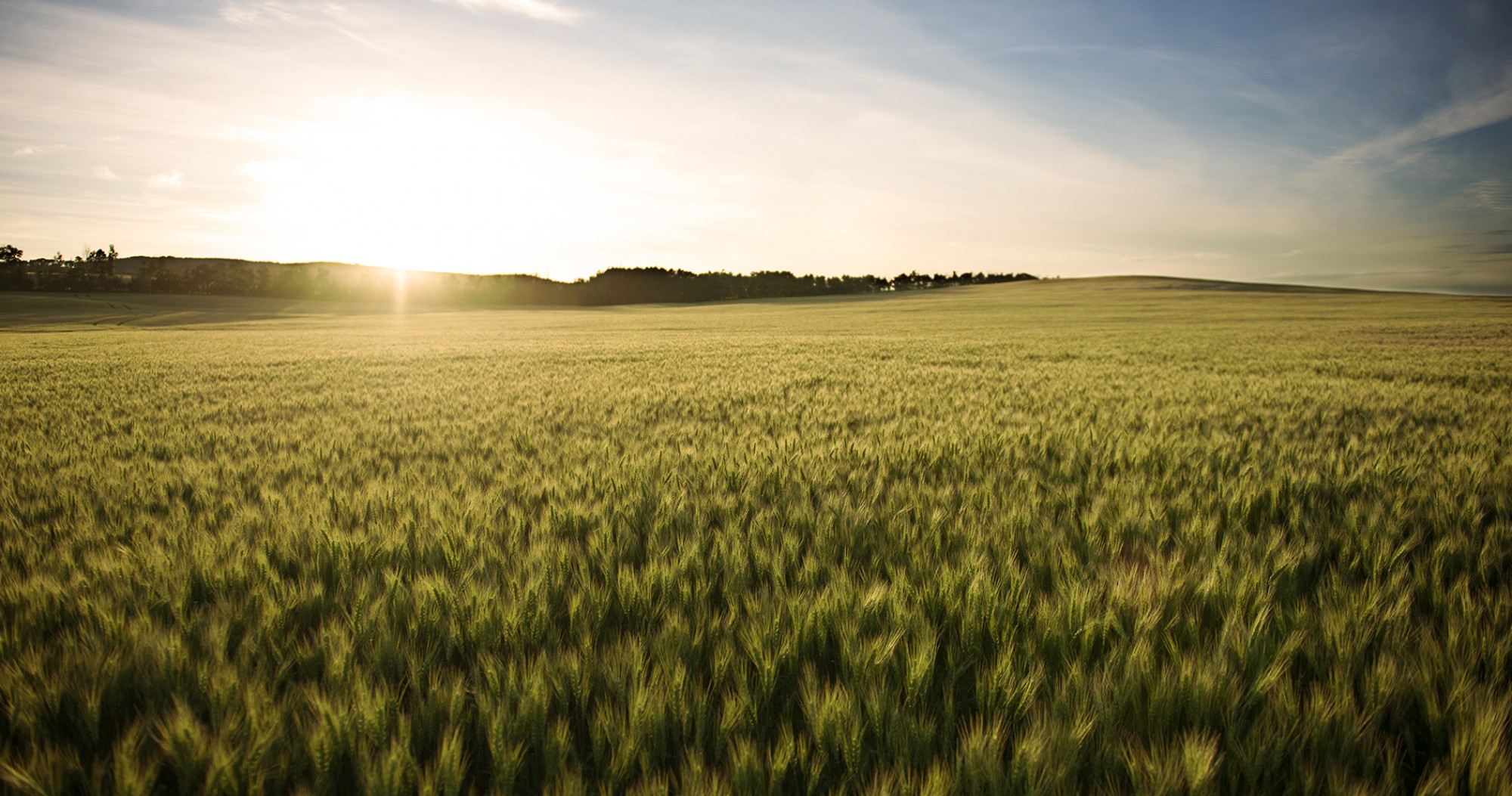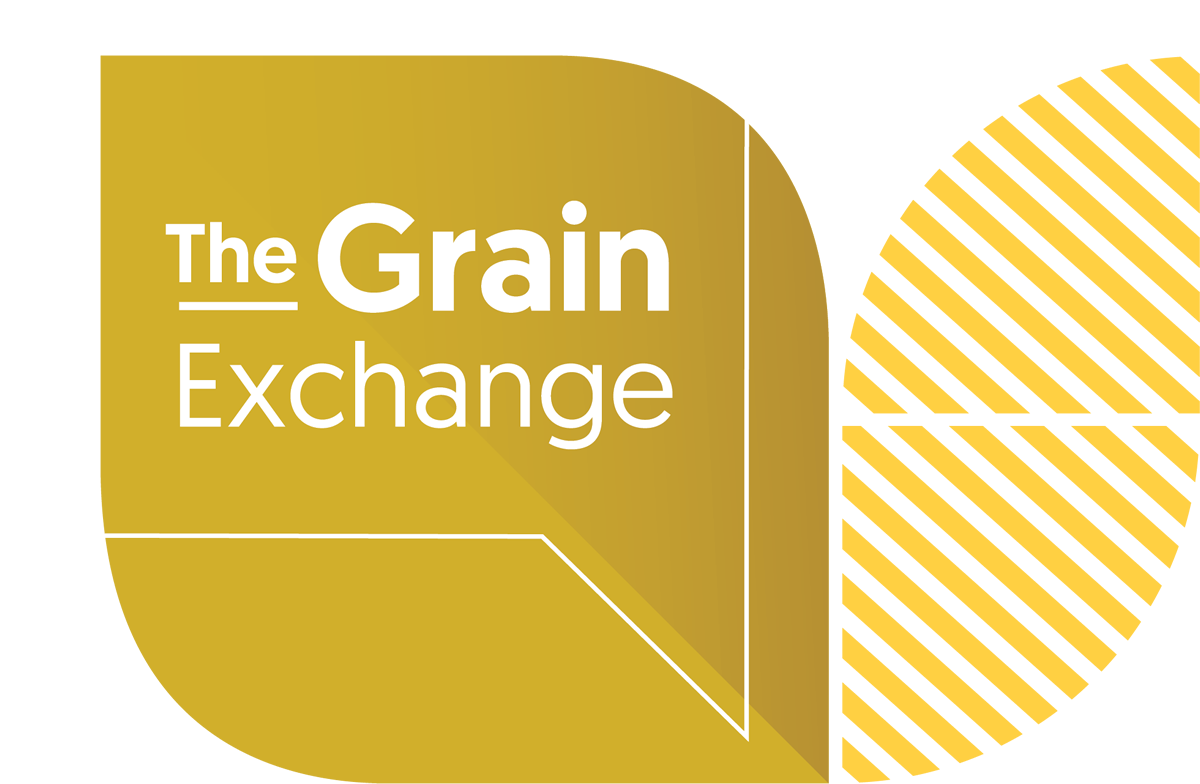And survey says
Every year, Alberta Agriculture coordinates and does seven insect pest surveys in canola, wheat and pulses and coordinates the grasshopper survey with the Agriculture Fieldmen. The results of this work can be found on the Alberta Insect Pest Monitoring Network web page.
The wheat stem sawfly survey is done after harvest. In 2022, surveyors visited 81 wheat fields in 20 municipalities. In each field, we count the number of cut and uncut stems in one metre. We do this in four spots along the field edge. From these counts, we calculate the per cent of cut stems, which indicates the number of reproductive sawflies that will emerge in late June and early July.
Sawfly damage in 2022 has expanded and the severity has also increased across the survey area. The hot spot in 2021 in Forty Mile County has constricted. This might be an anomaly of the random survey, we might not have found the fields with most severe damage. Other areas where sawfly are always present are definitely seeing an uptick in damage. In addition, areas where sawfly is not a perennial problem like Pincher Creek, we did find damage. It is possible population hot spots still exist in areas of lower risk; producers need to be aware of the potential risks in their own fields. In addition, know that cutting levels of 10 per cent or higher in the previous crop year indicate the need to consider some strategies to reduce sawfly losses.
The wheat midge survey is also completed after harvest. Anywhere in Alberta where wheat is grown, surveyors will gather soil samples. The samples are wet sieved and processed in the lab for the presence of midge. Those midge are then accessed for the presence of the wheat midge parasitoid Macroglenes penetrans. We collected 297 soil samples in 64 counties in 2022. There are increasing midge numbers in the northeast, Camrose; Beaver; Flagstaff; Minburn and Two Hills counties. Producers in this region should be prepared to scout their fields when midge are flying from boot crack to when the anthers are visible on the heads.
We sample only five to six fields in a county, so we might miss the fields with high levels of midge. With that in mind, producers should pay attention to their wheat samples for midge downgrading and use this as an indication of midge risk in their fields. Alberta Agriculture runs a network of midge pheromone traps thanks to some great cooperators. This network will allow producers to plan field scouting as it indicates midge emergence. The map can be found at agric.gov.ab.ca. Producers in the region that is at risk for midge will want to be aware of the possible threat should there be timely rains and their wheat is at the susceptible stage. Scouting will be critical to decide if your wheat is at risk.
A huge thank you to the Association of Alberta Agricultural Fieldmen for their continued support of the grasshopper survey. If we look at the area infested and density of grasshoppers, the numbers increased in 2021, but infestations were patchy. In 2022, grasshopper densities increased in the same areas that had high numbers in 2021, and the area also increased. August and September weather in 2022 was advantageous for grasshopper egg laying and for embryo development in the egg. There is a lot of potential in the ground for grasshoppers in 2023 and the hatch might be earlier than normal. Bottom line you will want to scout roadsides in late May and early June for tiny grasshoppers.
In the Peace Region, producers will also want to be scouting for grasshoppers. If the odd or even year cycle of grasshoppers continues as it has historically done, producers could be dealing with high grasshopper numbers and will also want to be out scouting in late May and early June.
For more information on the wheat midge, sawfly and grasshoppers visit alberta.ca. Producers who are interested in having their fields surveyed for either sawfly or midge, I would be happy to visit your field and sample it! You will get the results from your field. You can get ahold of me at shelley.barkley@gov.ab.ca to volunteer or find out more.

